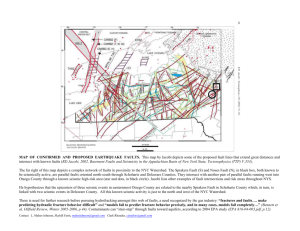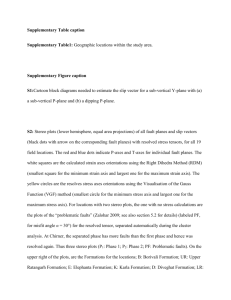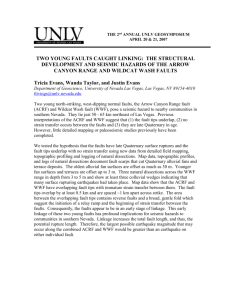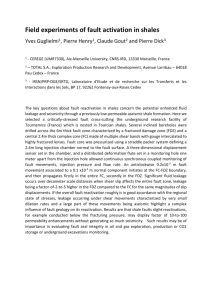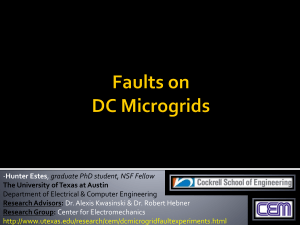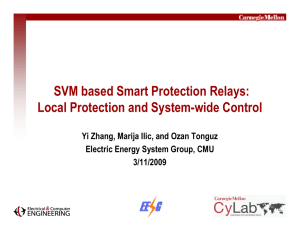Underground Research Laboratories to characterize faults in shales
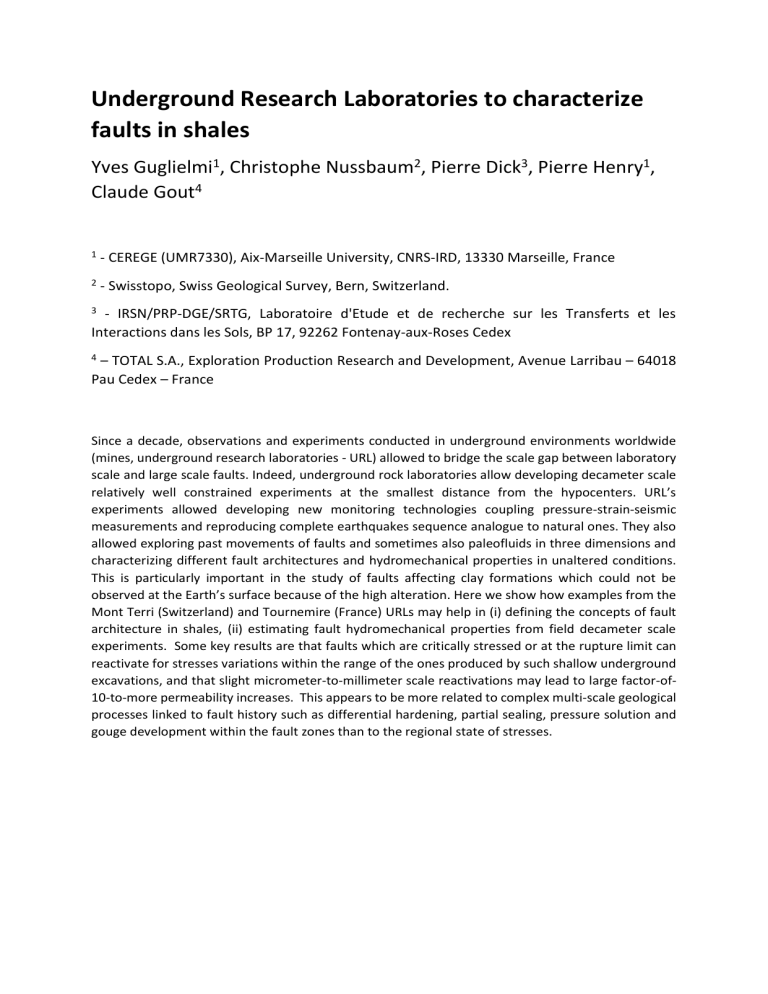
Underground Research Laboratories to characterize faults in shales
Yves Guglielmi
1
, Christophe Nussbaum
2
, Pierre Dick
3
, Pierre Henry
1
,
Claude Gout
4
1 - CEREGE (UMR7330), Aix-Marseille University, CNRS-IRD, 13330 Marseille, France
2 - Swisstopo, Swiss Geological Survey, Bern, Switzerland.
3 - IRSN/PRP-DGE/SRTG, Laboratoire d'Etude et de recherche sur les Transferts et les
Interactions dans les Sols, BP 17, 92262 Fontenay-aux-Roses Cedex
4 – TOTAL S.A., Exploration Production Research and Development, Avenue Larribau – 64018
Pau Cedex – France
Since a decade, observations and experiments conducted in underground environments worldwide
(mines, underground research laboratories - URL) allowed to bridge the scale gap between laboratory scale and large scale faults. Indeed, underground rock laboratories allow developing decameter scale relatively well constrained experiments at the smallest distance from the hypocenters. URL’s experiments allowed developing new monitoring technologies coupling pressure-strain-seismic measurements and reproducing complete earthquakes sequence analogue to natural ones. They also allowed exploring past movements of faults and sometimes also paleofluids in three dimensions and characterizing different fault architectures and hydromechanical properties in unaltered conditions.
This is particularly important in the study of faults affecting clay formations which could not be observed at the Earth’s surface because of the high alteration. Here we show how examples from the
Mont Terri (Switzerland) and Tournemire (France) URLs may help in (i) defining the concepts of fault architecture in shales, (ii) estimating fault hydromechanical properties from field decameter scale experiments. Some key results are that faults which are critically stressed or at the rupture limit can reactivate for stresses variations within the range of the ones produced by such shallow underground excavations, and that slight micrometer-to-millimeter scale reactivations may lead to large factor-of-
10-to-more permeability increases. This appears to be more related to complex multi-scale geological processes linked to fault history such as differential hardening, partial sealing, pressure solution and gouge development within the fault zones than to the regional state of stresses.


